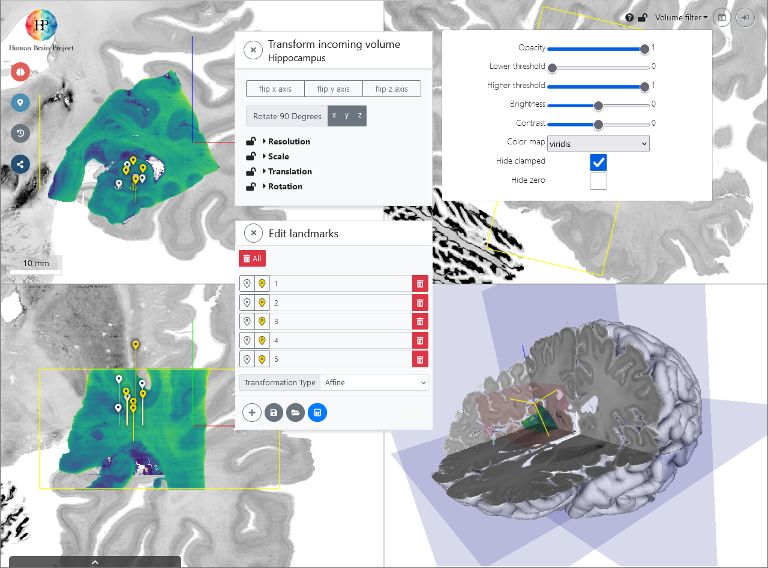Collaboratory
The EBRAINS Collaboratory offers researchers and developers a secure environment to work with others. You control the level of collaboration by sharing your projects with specific users, teams or all of the Internet. Many researchers are sharing their work already; several services, tools, datasets, and other resources are publicly available, and many more are available for registered users.
